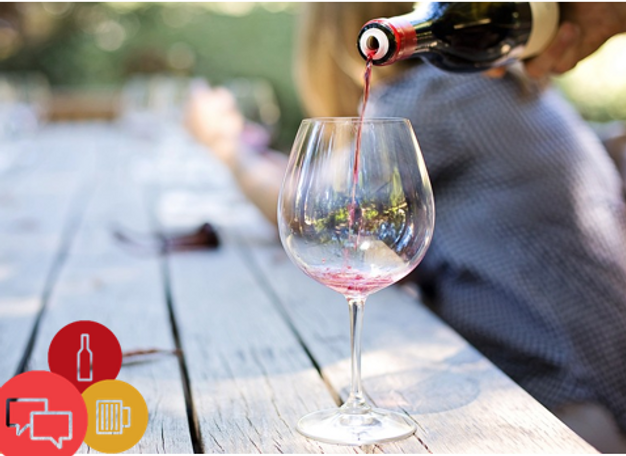
The key principle behind the alcohol rules is that marketing communications that feature or refer to alcohol must be responsible. These rules seek to ensure that ads do not (amongst other things) imply, condone or encourage immoderate, irresponsible or anti-social drinking.
To help you stay on the right side of the line, here’s some key advice on marketing alcohol responsibly.
Alcohol: It’s not for kids
It always bears repeating that alcohol advertising must not be targeted at under 18s. This means special care must be taken when deciding which media the ad will appear in, and advertisers must ensure any characters that appear in the ads do not hold any particular appeal for children or teenagers.
An example of poor media placement can be found in this 2017 ruling. The ASA received a complaint from someone whose child had received a Hungry Horse leaflet in their school book bag. Whilst the body of the leaflet did not make any direct references to alcohol, because it was mentioned in the small print, the ASA considered that for the purposes of the Code, a person under the age of 18 had been targeted with an ad featuring alcohol.
Social media offers plenty of attractive advertising opportunities, with each platform having its own particular demographics – including some that are extremely popular with under-18s. With that in mind, marketers need to ensure any creator, influencer or celebrity they work with does not have particular appeal to under 18s or a significant under 18 following. Avoid working with creators who create content that is more likely to appeal to children than adults and check (and hold evidence of) demographic data for their followers, as Heineken did in this 2019 ruling.
Take care with depicting alcohol at social events
Depictions of people enjoying a drink with friends tend not to be a problem; but if the alcohol is shown to be a major component in the success of the social event, or if the ad encourages drinking to excess, this is likely to break the rules. Student Money Saver Ltd fell afoul of the latter point in this ruling from 2012.
Similarly, promotional offers like “Bottomless Prosecco”, need extra care to ensure that the ad doesn’t encourage excessive drinking, as seen in this 2018 ruling against Suede Bar & Nightclub.
Avoid suggesting therapeutic effects
Care must be taken to ensure your advertising doesn’t suggest alcohol can affect the way consumers behave or improve their mood. It’s particularly important not to suggest that stress or anxiety can be remedied with a drink. This is true even if an ad is attempting a humorous angle, as shown in this ruling from 2019.
A simple phrase like “chill with mates” may be acceptable in the context of an alcohol ad, but going further and suggesting that alcohol is able to help relax a consumer or improve their mood is likely to be deemed irresponsible, as seen in this Drake & Morgan ruling.
For further advice on alcohol advertising please see our guidance. Our Copy Advice team is also on hand to provide free, bespoke advice.
More on
-
Keep up to date
Sign up to our rulings, newsletters and emargoed access for Press. Subscribe now.


